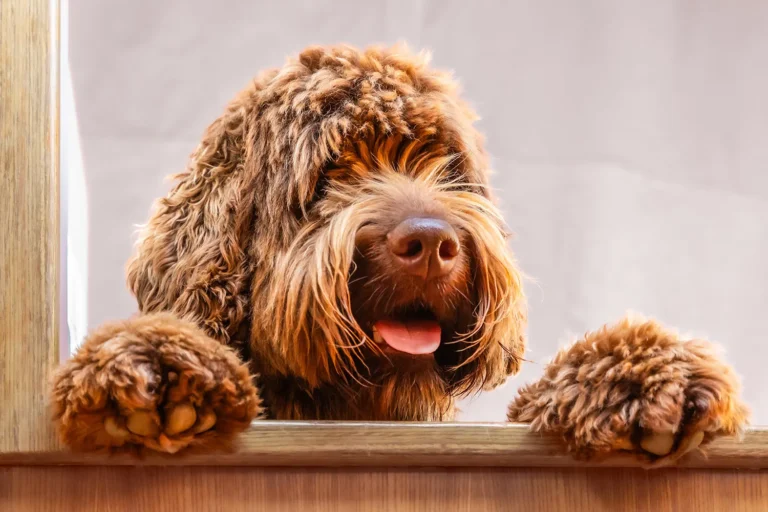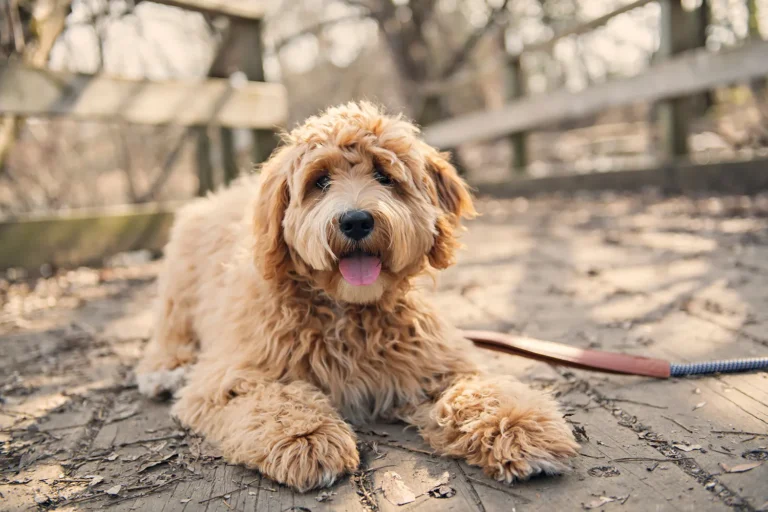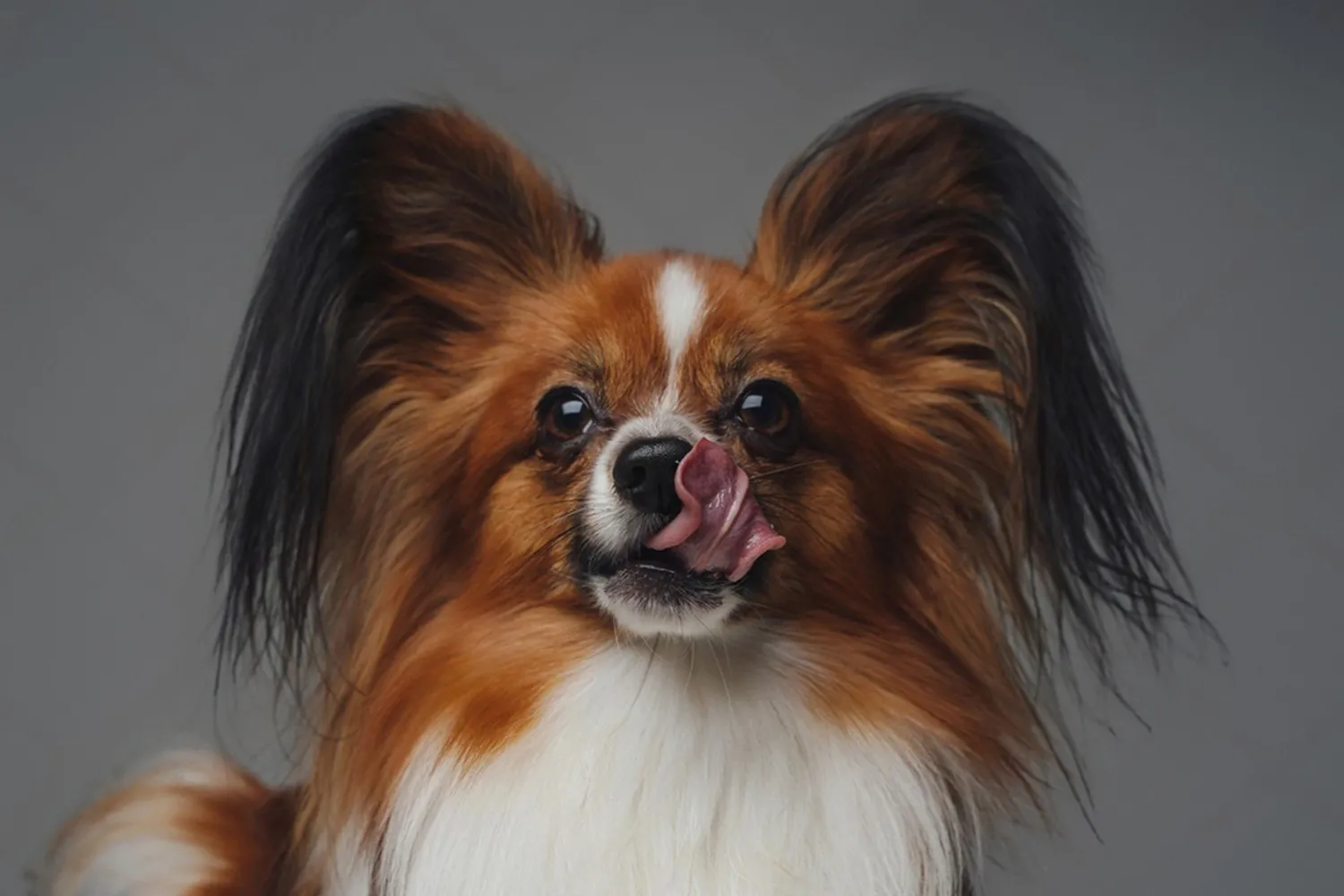
If you’re dreaming of a tiny dog with a big, bright personality, the Papillon might be your perfect match. Those butterfly ears aren’t just cute they signal a sharp little mind that loves to learn and be part of the action. I still remember the first Papillon I met at a friend’s house: she solved a treat puzzle in minutes and then curled up on my lap like we’d known each other for years. They’re affectionate, lively, and surprisingly confident for their size like a pocket sized best friend who’s always up for fun.
In our Papillon breed guide, I walk you through everything you’ll want to know, from day to day care to how this elegant toy breed came to be. We’ll chat about what a good routine looks like short walks, a few bursts of play, and plenty of brain games plus easy grooming tips for that silky coat and feathered ears. I’ll share simple training tricks that have worked for me, the right portion sizes for tiny tummies, and how to keep those little teeth sparkling. We’ll also touch on their history, from royal laps in old portraits to modern agility rings, and help you figure out if a Papillon fits your home, travel plans, and lifestyle. Consider it your friendly roadmap to living happily with this fun sized companion.
History and Origin of the Papillon
This dainty little companion hails from France, where it began life as a “dwarf spaniel” many centuries ago. Records suggest the type emerged around the 13th century, and by the 1500s you can spot its look in European portraiture. I remember standing in front of an old painting at a museum in Paris, grinning at a tiny, feather eared dog perched on a lady’s lap it had that mischievous gaze Papillons still wear today. You can almost imagine them trotting through candlelit halls and curling up on noble laps to keep warm during drafts.
The breed’s modern name, Papillon, comes from those distinctive, fringed ears that resemble a butterfly’s wings papillon is French for butterfly. Fun twist, though: those hallmark ears weren’t always part of the picture. For a long time the breed was known as the epagneul nain Continental, or Continental Toy Spaniel, and the drop eared version actually dominated. It wasn’t until the 19th century that breeders started favoring the upright, butterfly like ears we instantly recognize. I met a drop eared Papillon at a show once and fell a little in love people often call that variety the Phalene, and it has this gentle, old world charm. If you’re shopping for a pup and love the look of Papillons, it’s worth knowing both ear types are out there; pick the personality you click with, not just the ear set.
By the late 1800s, Papillons had crossed the Atlantic to the United States, and the American Kennel Club officially recognized the breed in 1915. Since then, they’ve kept their elegant reputation while surprising newcomers with how lively and bright they are. A breeder I chatted with in California told me her Papillons still “float” across the yard like something with wings fitting for a little dog named after a butterfly.
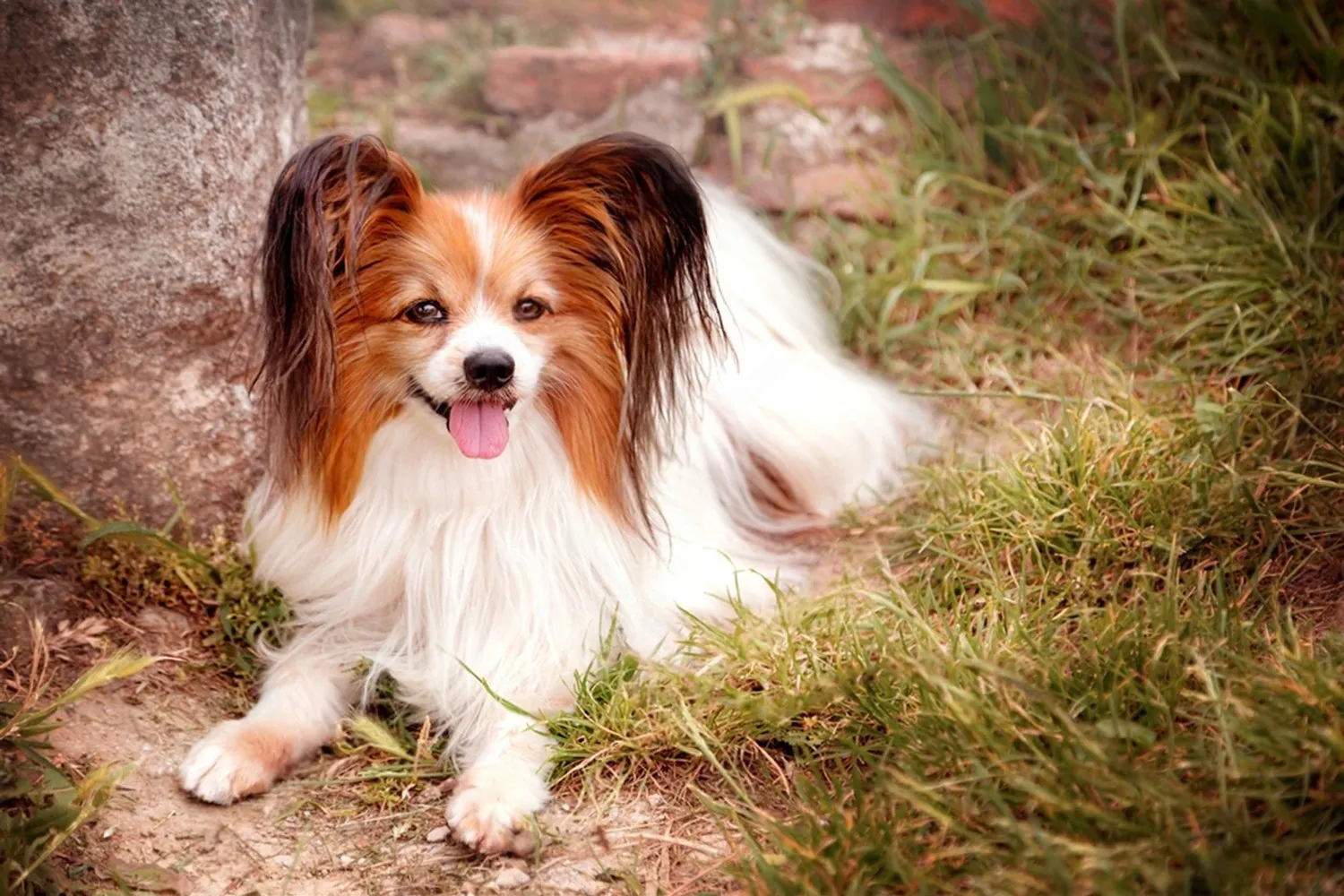
What Is the Papillon Breed?
The first time I met a Papillon, I barely noticed anything else in the room those big, feathered ears really do look like butterfly wings, and they frame the brightest, most curious eyes. Despite their petite, toy sized frame, they carry themselves like little athletes. I remember watching one at an agility fun day zipping through tunnels and hopping over tiny jumps with the kind of confidence that makes you grin. They’re lively and alert, always tuning in to what you’re doing, and then right back to your lap for a dose of affection. It’s that mix of quick witted energy and sweetness that makes them stand out both at home and in dog competitions.
If you bring a Papillon into your life, expect a shadow who loves being part of everything. They’re smart, so short training sessions and a rotation of simple games like hide and seek with toys or learning a new trick each week keep their minds happy. Mine warmed up fast to clicker training; you could almost see the little mental lightbulb flick on. A gentle approach works best because they’re sensitive and eager to please. Since they’re small, I keep a step stool by the couch to save those tiny joints, and I always supervise play with bigger dogs. A light brush through a few times a week keeps that silky coat looking lovely, and I do a quick ear check to keep the feathering neat.
All in all, Papillons are the kind of companions who make ordinary moments more fun alert and bright when you want to play, soft and snuggly when you settle in. They may be small, but their charm and spark fill the whole house.

Who Is a Papillon Best For?
If you love a smart, sparkly little shadow who wants to be part of your day, a Papillon might be your perfect match. These lively charmers thrive with people who can offer companionship and plenty of mental stimulation. I once dog sat a Papillon named Poppy who would happily trot from room to room behind me, then light up the second I pulled out a puzzle toy. Ten minutes of “find it” games tired her out as much as a walk.
Apartment dwellers often do wonderfully with Papillons, as long as those tiny legs get regular exercise and play. Think two brisk strolls plus a few short training sessions or fetch down the hallway. They don’t take up much space, but their brains and hearts are big. I like to rotate simple tricks spin, sit pretty, weave through legs to keep them engaged. A broomstick on the floor becomes a mini agility jump, and they’ll tackle it like Olympians.
People who work from home or retirees often adore this breed. A Papillon will snooze under your desk, then pop up right on schedule for a stretch and a quick game. I set a timer for “puppy breaks” when I’m working five minutes of training or tug does wonders for focus, for both of us. If you’re out occasionally, plan ahead: a dog walker, a food puzzle, or even a short day care visit can help, because Papillons really do crave company.
Families with kids can be a great fit too, with a couple of ground rules. These dogs are delicate; teach children to sit on the floor to hold them, and no roughhousing or couch leaping. I kept a little ramp by the sofa for Poppy so she wouldn’t launch herself off the edge like a superhero. Supervise play with bigger dogs, and introduce everyone slowly Papillons often get along beautifully in multi pet homes when early introductions and gentle handling set the tone.
Their quick intelligence is both delightful and demanding. They shine when given challenges nose work, trick training, even beginner agility. A breeder I spoke with in Queensland told me her Papillons are happiest with two or three short training bursts a day; it keeps their minds busy and channels that fizzy energy into something productive. I’ve found a comfy harness works better than a collar for such a fine boned breed, especially on walks.
As for climate, Papillons don’t have an undercoat and can feel the chill. They’re best in moderate weather or homes with good heating. In cooler parts of Australia, a light jumper on frosty mornings makes a big difference, and they’ll appreciate a warm bed away from drafts. On the flip side, in hot summers, walk early or late and offer shade and water small dogs heat up quickly.
Bottom line: Papillons are ideal for people who want an affectionate, clever companion and are happy to trade a little daily play and training for a whole lot of love and sparkle. If that sounds like your rhythm, you’ll have a tiny best friend who thinks you hung the moon.
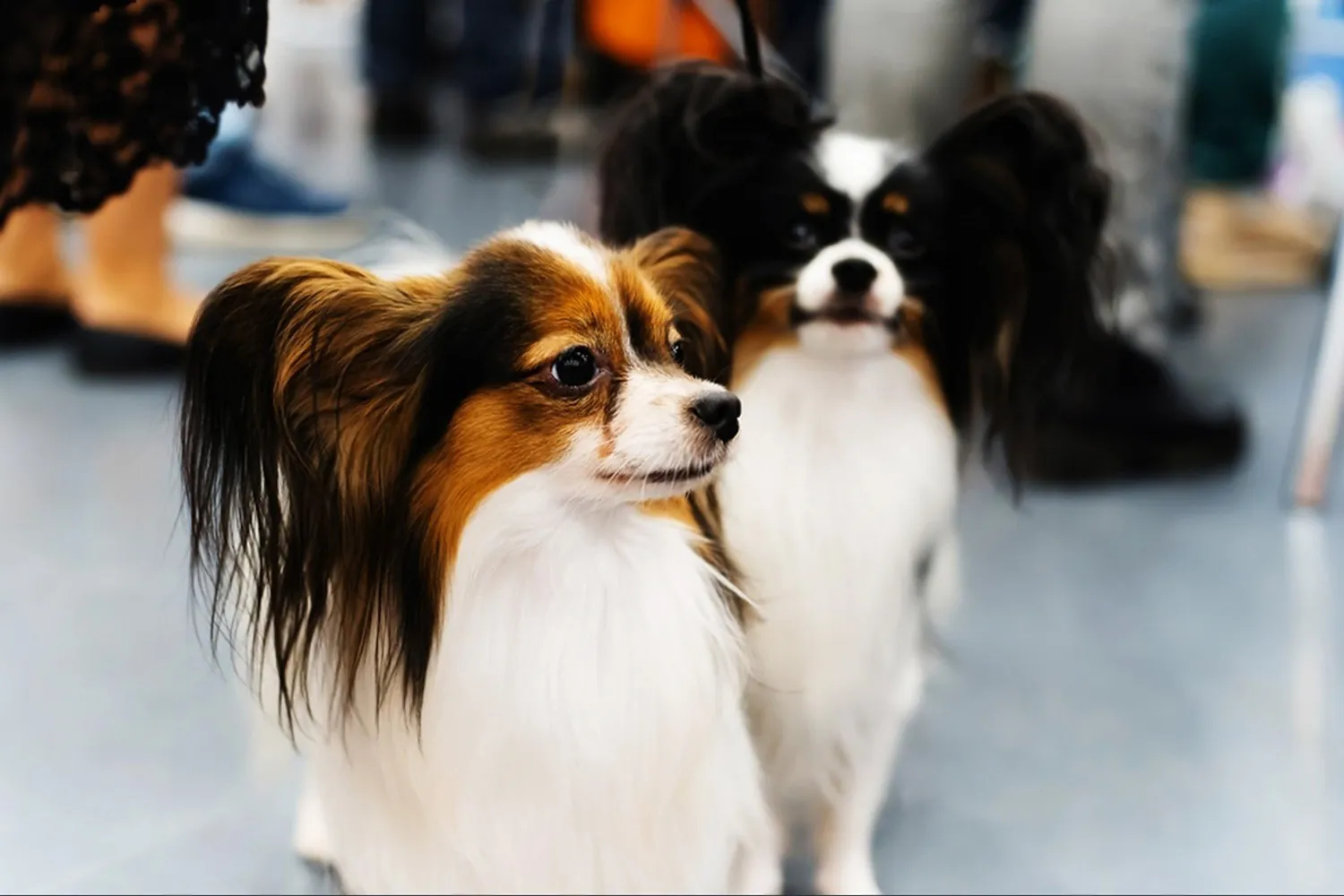
Papillon Grooming and Shedding
For a dog that looks like a tiny runway model, the Papillon is surprisingly low maintenance. Their silky single coat doesn’t mat easily, so a good brush and comb once or twice a week is usually plenty. I like a soft slicker for the body and a fine toothed metal comb for the feathering behind the ears, under the “armpits,” and along the tail. A breeder I chatted with at a show taught me to spritz a little water or detangling spray on the ear fringes before combing it prevents breakage and keeps those butterfly ears looking glorious.
Baths can be occasional every couple of months or just when they get into something questionable. Papillons don’t carry much doggy odor, and their coat almost shakes clean on its own. I’ll do a quick rinse after a muddy park day, then towel dry and use a low, warm blow dryer if they’re comfortable; it keeps the feathering smooth and prevents damp dog shivers. Between baths, a damp cloth wipe of the paws and belly works wonders. Also, give the ears a quick check during weekly grooming those lovely fringes can dip into water bowls or pick up crumbs, so I gently wipe them after meals.
Nails and teeth are the two biggies. Keep nails trimmed every 2-3 weeks (if you hear clicking on the floor, it’s time). I switch between clippers and a nail grinder depending on the dog tiny paws can be wiggly, so I pair trims with high value treats and short sessions. As for teeth, daily brushing is ideal; small breeds like Papillons are notorious for periodontal issues. Start slow with an enzymatic toothpaste, add a dental chew for backup, and watch for red gums or persistent bad breath both are signs to check in with your vet. Little routines like these keep a Papillon looking fancy without a full-time salon schedule.

Do Papillons Bark a Lot?
Short answer: they can, yes. Papillons are wonderfully alert little watchdogs, and that keen awareness often comes with a big voice. Doorbells, a neighbor’s footsteps, even a leaf skittering down the sidewalk can spark a flurry of commentary. If you live in a busy apartment or a lively neighborhood, you might notice the “sound alarms” more often. My friend’s Papillon, Pippin, used to announce every elevator ding like it was breaking news.
They’re also very people oriented (some might say a bit needy), so barking can pop up when they’re bored or feeling ignored. I learned to head that off by giving short, focused bursts of attention throughout the day five minutes of trick practice here, a food puzzle there, and a sniffy walk to take the edge off. I swear by a “three bark rule”: I let them alert me, say “thank you,” then cue quiet and reward the calm.
The good news is Papillons are bright and highly trainable. Teach a reliable “quiet” cue by marking and treating the moment they pause, and don’t yell it sounds like you’re barking back. Manage the environment: close the blinds to block squirrel TV, use a fan or white noise for hallway sounds, and stage fake door knocks with treats to desensitize. Practice short, easy alone time sessions so they don’t panic when you leave. With consistency and a little creativity, that lively voice becomes a helpful whisper instead of a nonstop broadcast.
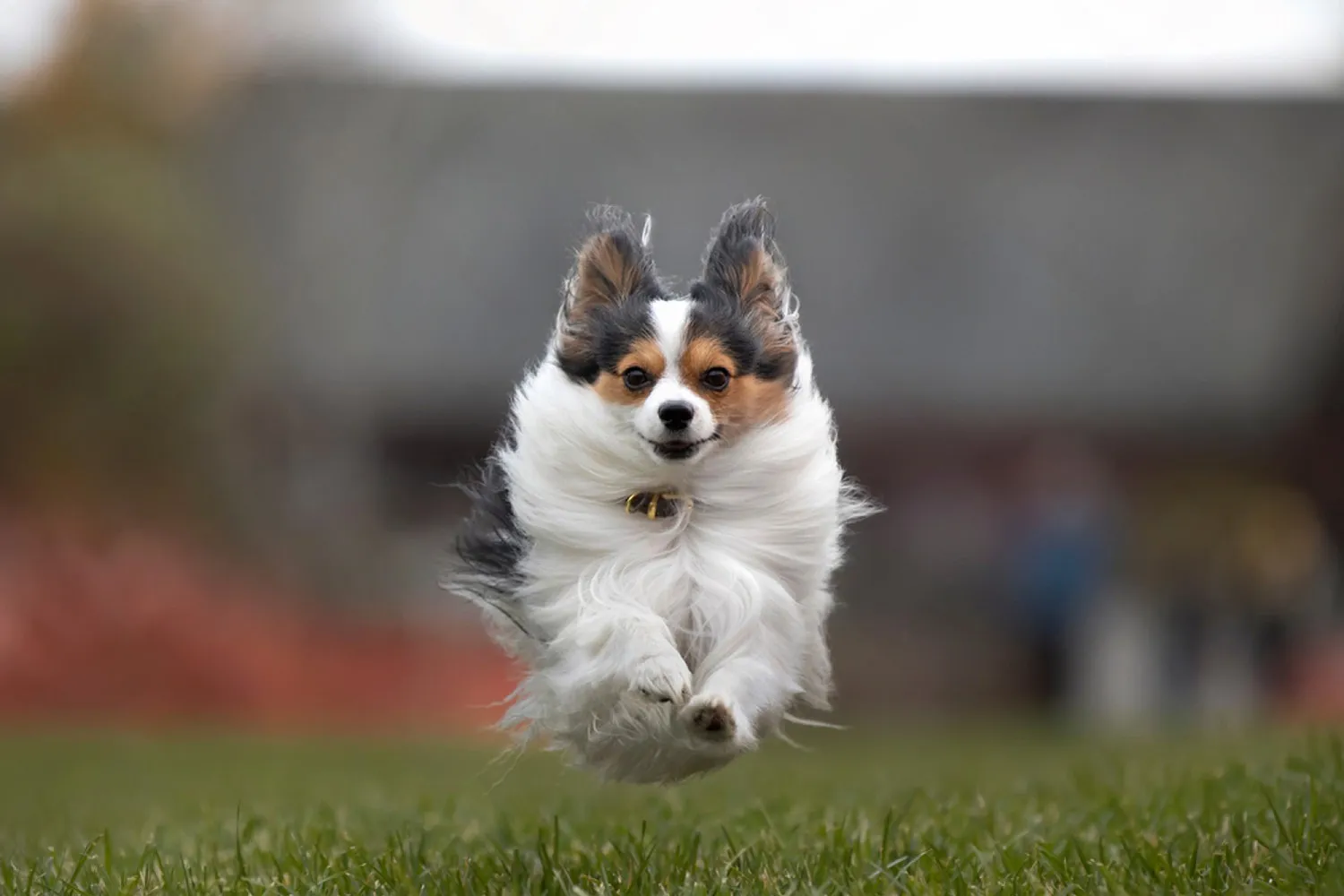
Papillon Size: Average Height and Weight
Even fully grown, Papillons stay delightfully petite. Most stand about 20-28 cm at the shoulder (roughly 8-11 inches) and weigh around 2.2 to 4.5 kg (about 5-10 pounds). That tiny frame is part of their charm, but it also means they need a little extra care in day to day life.
Because they’re so light and agile, Papillons often think they’re invincible. They aren’t. A jump from a couch or your arms can be risky for those delicate legs and joints. I learned this fast with my first Pap: I set up a small ramp to the sofa and taught a “wait for help” cue so she wouldn’t launch herself when excited. It sounds fussy, but it quickly became routine and saved more than a few near misses. Around the house, I shuffle step if there’s a blanket on the floor, and in busy places I use a snug harness and keep her close so she doesn’t vanish underfoot.
A couple of simple habits go a long way:
– Support both chest and hindquarters when lifting.
– Block access to high ledges or steep stairs, and provide pet steps for beds and couches.
– Supervise play with young kids and larger dogs.
– Keep an eye on weight; you should feel ribs with a light touch without seeing them sharply.
Papillons may be small, but they’re mighty in spirit. With a bit of mindful handling, they stay sprightly, safe, and ready to flutter along on every adventure.
https://en.wikipedia.org/wiki/Papillon_dog
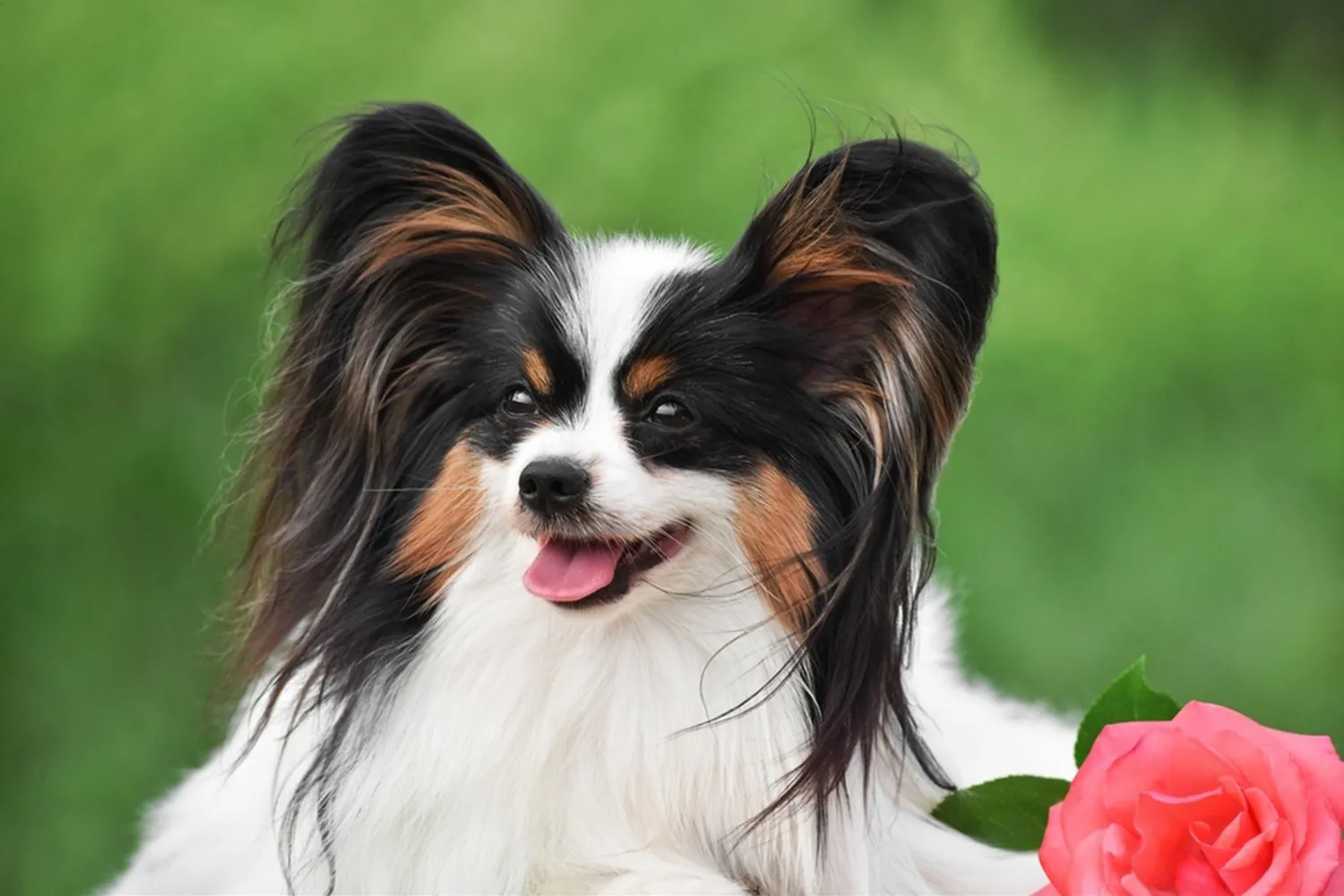
Are Papillons Easy to Train?
Short answer: absolutely. Papillons are sharp as a tack and soak up training like little feathery eared sponges. With their quick minds and eagerness to please, most owners find potty training and kennel (crate) training go smoothly, especially if you lean hard into positive reinforcement. I keep a pocket full of tiny treats and a cheerful voice, and that combo has worked like magic with every Papillon I’ve met. Affection counts too these dogs light up when they know they’ve done well.
Because they’re so trainable, Papillons often shine in obedience and agility, and they make gorgeous, show stopping partners in the ring. My friend’s Papillon, Poppy, nailed her first set of weave poles faster than any big dog in class everyone clapped, and Poppy pranced like she’d just won Best in Show. They love mental challenges, which is why dog sports suit them so well. Even at home, you can keep that clever brain busy with puzzle toys and short training sessions. Teach fun cues like spin, high five, sit pretty, or even weaving through your legs while you walk to the kitchen. Keep sessions upbeat and quick think 5 to 10 minutes so your little smarty pants doesn’t get bored.
For crate training, make it a cozy den: soft bed, a safe chew, and lots of calm praise. For potty training, set a routine and celebrate every success like it’s a gold medal moment. Gentle, consistent guidance goes a long way; harsh corrections shut them down, but a happy “yes!” and a tasty nibble will have them trying their hearts out.
If you’re curious about dog sports, a Papillon is a wonderful starter teammate. Check out a local obedience or agility club, watch a class, and dip your toes in. You might be surprised how fast those butterfly ears fly.
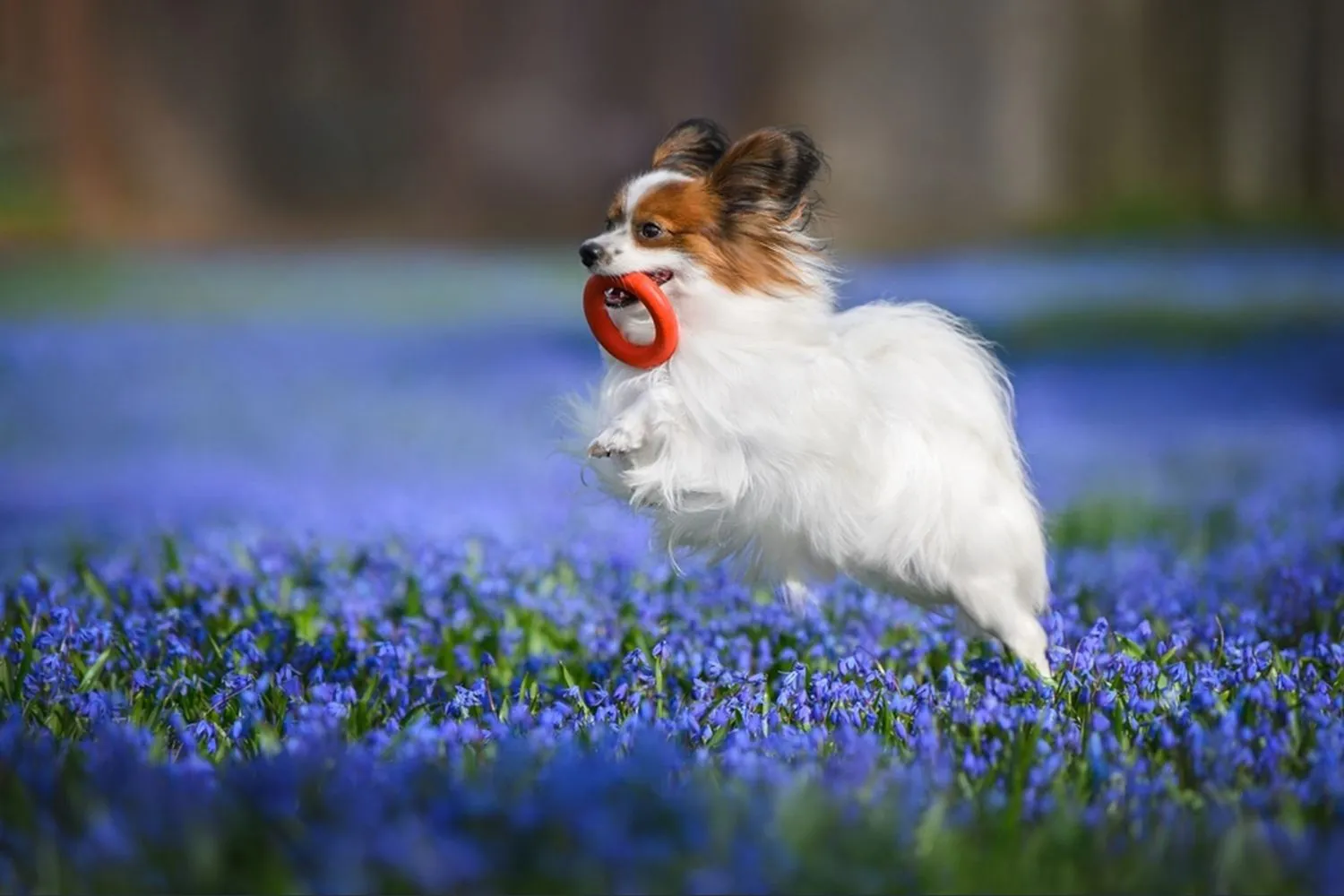
How Do Papillons Behave? A Look at Their Temperament and Personality
If you’re after a cheerful little companion who fits right into family life, a Papillon might be your perfect match. Every Papillon I’ve met has had that bright, sparkly personality happy to snuggle on the couch, then up in a flash when something fun is happening. They’re friendly and affectionate, often choosing “their person,” but they usually spread the love around. Don’t let the dainty butterfly ears fool you, though. These dogs are bold, curious, and very tuned in to their people.
Papillons are clever and energetic, which means their brains need as much exercise as their legs. Short, brisk walks paired with mental workouts are the sweet spot. Puzzle feeders, snuffle mats, and interactive toys are fantastic rotate them to keep things fresh. I like to play “find it” with treats hidden around the living room or teach quick tricks like spin, paw, and weave through legs. A neighbor’s Papillon, Zip, tears up the agility course on weekends and then naps in the sun like he’s run a marathon. Think bite sized activities: two or three 5-10 minute training sessions a day go a long way. And a small tip from experience keep an eye on those fearless jumps off furniture; Papillons sometimes forget they’re tiny acrobats.
These pups can be prone to separation anxiety, so they’re not the best fit if you’re out for long stretches every day. They bond deeply and don’t love being left behind. Gradual alone time training helps: start with very short exits, leave a stuffed Kong or a food puzzle, and make comings and goings low key. A cozy crate or pen can become a safe “den” if introduced gently. They often enjoy the company of other dogs, and many do well with cats if socialized early. I introduced a foster Papillon to a resident cat by swapping blankets for scent first, then doing short, calm meet and greets worked like a charm.
Despite being social butterflies with their families, Papillons can be cautious with strangers at first. Early, positive socialization is essential: invite friends over in different hats, let the pup observe busy sidewalks from your arms at first, and reward calm curiosity. Many Papillons are alert barkers, so I like to teach a “thank you, quiet” cue and pay generously for silence after a knock at the door. I once met a Papillon at a patio café who sat confidently on a bench, watching the world go by happy to greet folks once he’d had a minute to decide they were okay.
Give a Papillon attention, training, and plenty of brain games, and you’ll have a lively, loyal shadow who brightens your days and keeps you laughing.
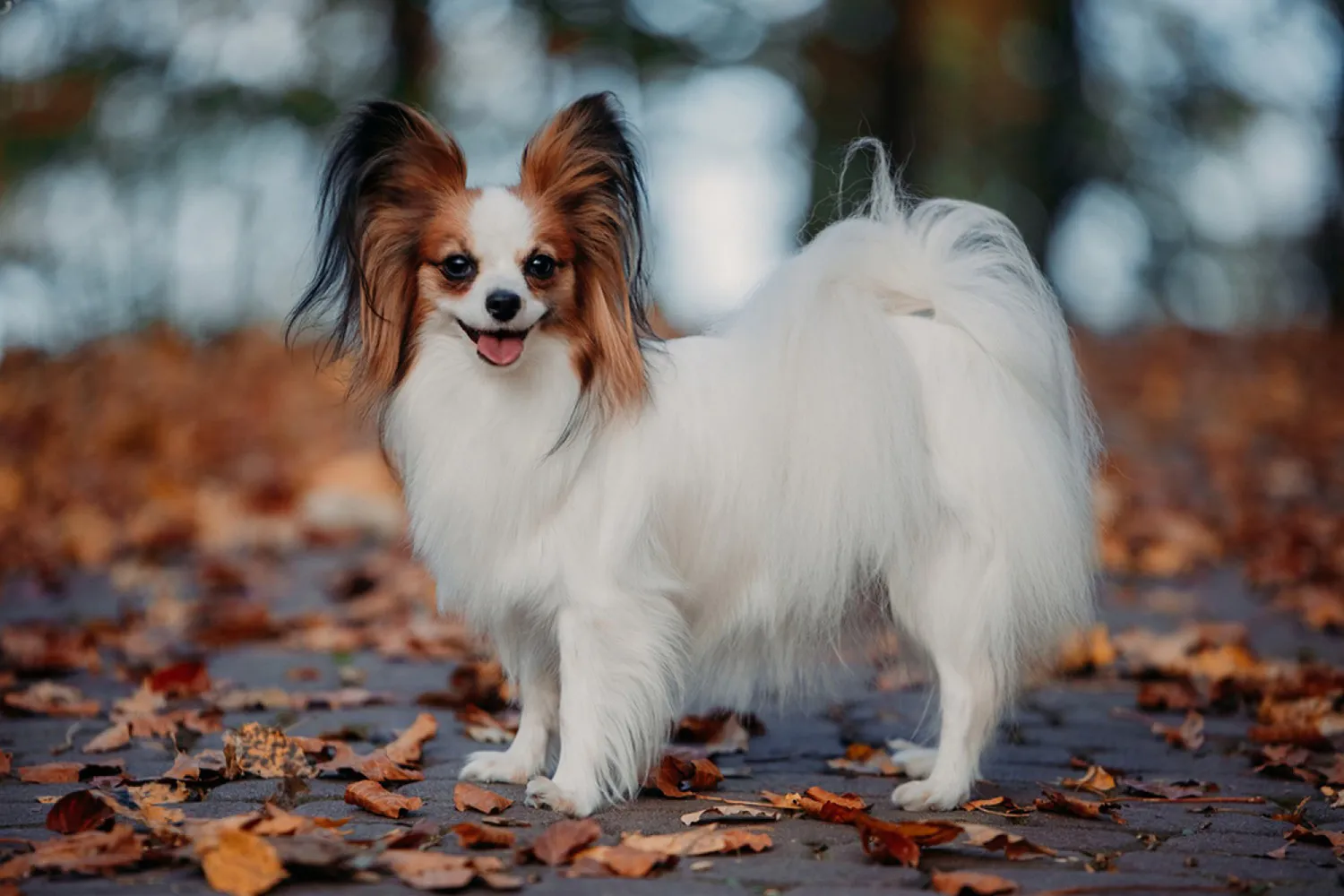
Do Papillons Have Common Health Issues?
Papillons are generally sturdy little butterflies with big ears and even bigger personalities. Most I’ve met have been lively, bright, and surprisingly athletic. That said, like all breeds, they do have a few health quirks worth watching. Knowing the early signs and building good habits makes a world of difference.
One of the most common issues is patellar luxation, where the kneecap slips out of place. If you notice a funny little hop or your Papillon suddenly “skips” a step and then carries on like nothing happened, that’s a classic clue. Keeping them at a lean weight, using pet ramps for beds and couches, and sticking to sensible exercise can help. A friend’s Papillon, Poppy, had a mild case and stayed comfortable for years with weight management and a bit of physical therapy.
Puppies can be prone to hypoglycemia (low blood sugar). It can sneak up as wobbliness, trembling, or sudden sleepiness that feels “off.” I like to feed small, frequent meals during growth spurts and keep play sessions short. If a puppy seems shaky, warm them up and call your vet mine once advised me to rub a tiny bit of syrup on the gums for a quick boost, and it made a noticeable difference until we could get in for a check.
Collapsing trachea is another concern, and you might hear it first as a honking cough. A simple switch from a collar to a soft harness can take pressure off the neck. I learned that the hard way during one overexcited walk; once we swapped to a harness, that cough faded fast. Keep them cool in hot weather and avoid smoky or dusty environments.
Progressive Retinal Atrophy (PRA) affects the eyes and can lead to night blindness first. Reputable breeders can screen for it, but it helps to watch for hesitation in dim rooms. If vision changes happen, dogs adapt remarkably well night lights in hallways and keeping furniture in the same place make life easier.
Papillons may also have an open fontanel (a “soft spot” on the skull) as puppies. Be gentle with head pats and avoid rough play with larger dogs until your vet confirms everything has closed or is well protected. Soft beds and supervised zoomies are your friends.
Like many small breeds, they’re prone to dental disease. Start brushing early and keep it positive I do a quick brush after dinner, then a cuddle on the couch. Regular cleanings, dental chews approved by your vet, and checking for bad breath or gum redness go a long way.
Bottom line: regular vet checkups, a healthy weight, and a little breed specific savvy will keep your Papillon prancing happily for years. A bit of prevention and a lot of love truly pays off.
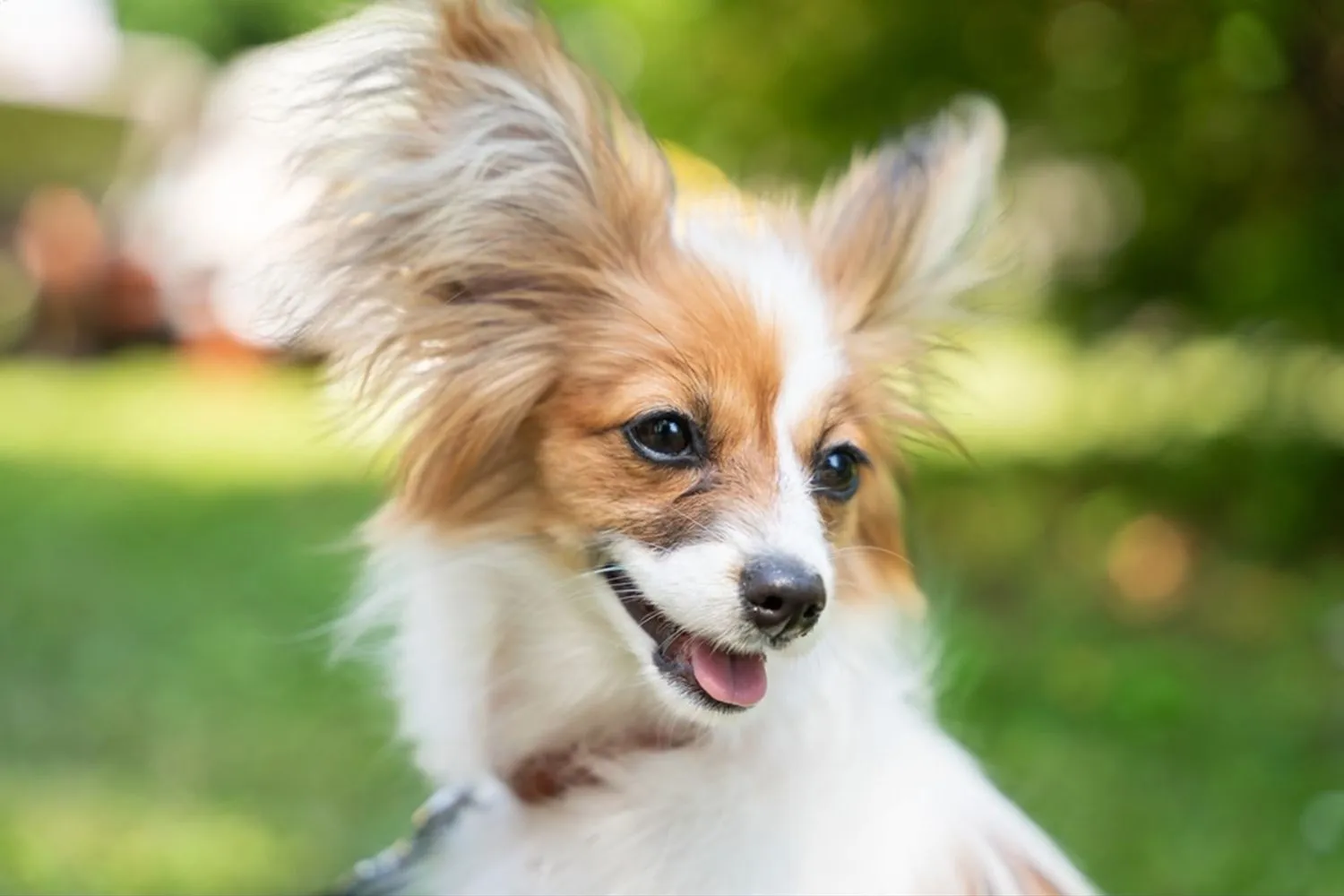
Papillon Lifespan: How Long Do They Live?
Papillons tend to stick around longer than many breeds, which is a wonderful thing to plan for. You’re usually looking at about 14 to 16 years together, so this is a long-term commitment in the best way possible. My neighbor’s little Papillon, Daisy, was still trotting proudly down the sidewalk at 15, ears up like tiny butterfly wings, reminding me how spry these pups can be with good care.
If you bring one home, think long game: regular vet checkups, especially dental care (toy breeds can be prone to tartar), a balanced diet to keep them trim, and daily walks paired with brain games. Papillons are sharp, so teach new tricks, rotate puzzle toys, and keep training fun. As they get older, add comfy bedding, a ramp for furniture, and a slightly slower pace on walks. With that kind of thoughtful routine, those 14 to 16 years will be packed with play, snuggles, and a whole lot of personality in a pint sized package.
How Much Should a Papillon Eat?
Papillons might be dainty, but they have plenty of zip, so feeding them is a balance of fueling that energy without overdoing it. The smartest first step is to team up with your veterinarian or a qualified canine nutritionist. They can help you choose a complete and balanced food that fits your dog’s age and lifestyle. When you’re shopping, I always scan the bag for WSAVA guidance and the AAFCO statement. I steer clear of trendy boutique diets like raw and grain free these have been linked to infection and heart issues, and I’d rather not gamble with a little dog’s health.
As for how much and how often, most adult Papillons do well on two measured meals a day. Puppies usually need three to four smaller meals while they’re growing. Start with the feeding guidelines on the bag as a rough baseline, then adjust with your vet’s input based on your dog’s size, metabolism, and activity. My friend’s Papillon, Poppy, hikes every weekend and needs a touch more than the chart suggests; my own rule is “measure, don’t eyeball.” A small digital scale or a proper measuring cup makes a big difference for these tiny tummies.
Treats are great for training, just keep them modest. I follow the 10% rule no more than that of the daily calories. I’ll often use part of the meal kibble as rewards, broken into pea sized bits. Skip table scraps; it’s not just unhealthy, it’s also a fast track to a champion beggar. Fresh water should always be available Papillons play hard and drink more than you’d think after a zoomie session.
Keep an eye on that waistline. Papillons have delicate knees, and extra pounds can trigger or worsen problems. You should be able to feel ribs with light pressure and see a slight tuck at the waist. I like to do a quick weekly weigh in and, if the numbers creep up, cut the portion by about 5-10% and reassess. Slow feeders or puzzle toys can stretch meals and keep their clever minds busy. And if you’re switching foods, go slowly over a week I learned the hard way that a sudden change can upset even the sturdiest Papillon stomach.
Papillon FAQs
Do Papillon dogs like to swim?
Some do, many don’t. Papillons are tiny and often prefer to keep those dainty paws dry, but there are always brave little butterflies who enjoy a splash. If yours shows interest, introduce water slowly think shallow kiddie pool before big lake. I start by letting them step in at their own pace, tossing a floating toy near the edge and praising every curious sniff. Keep sessions short so they don’t get chilled, and consider a snug life jacket with a handle; it gave my friend’s Papillon the confidence to paddle and made it easy to scoop him up when he was done. Never force a swim, and always supervise. Afterward, rinse off chlorine or pond water and gently dry those fluffy ears to help prevent irritation.
Are Papillons hypoallergenic dogs?
No breed is truly hypoallergenic, and Papillons do shed moderately. If you’re sensitive to dander, this may not be the best match. That said, some allergy prone friends of mine do fine with a regular brushing routine, frequent vacuuming, and a HEPA air filter. If you’re considering a Pap, spend time with one before committing I once invited an allergic neighbor to meet my pup in the yard for a “test visit,” and it made the decision much easier. Keeping bedrooms dog free and washing hands after cuddles can also help.
How do you tell if a dog is a Papillon?
Look for the signature butterfly look: a very small, elegant frame and large, upright ears fringed with long, silky hair that fan out like wings. They usually have a plumed tail that arches over the back, a fine muzzle, and a bright, alert expression that says, “What’s next?” People sometimes mistake them for long haired Chihuahuas, but Papillons often carry themselves with a graceful, springy trot and those unmistakable ear fringes. I can spot one across the park just by the way those “wings” flutter when they trot.
Do Papillons suffer from separation anxiety?
They can. Papillons are Velcro companions and would happily follow their person all day. To help, practice short, calm departures and build up gradually; I set a timer for two minutes at first and worked up from there. Offer puzzle toys or a safe chew to make alone time feel rewarding, and keep your comings and goings low key. Many do well with a canine or feline friend for company, and dog daycare or a midday walker can be a game changer if you’re out long hours. A cozy crate or gated space can become a soothing den if introduced positively I leave a worn T shirt in there so it smells like home.
Disclaimer:
This article is for informational purposes only and doesn’t replace professional veterinary or training advice. Always consult a certified vet or dog trainer for guidance specific to your pup.
